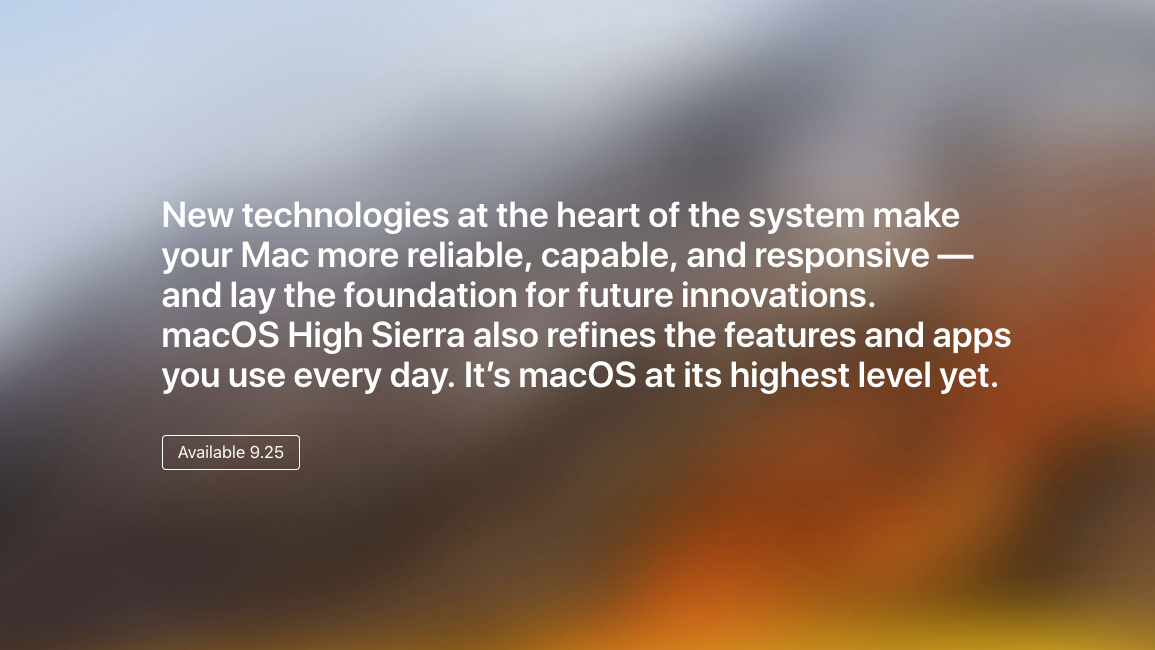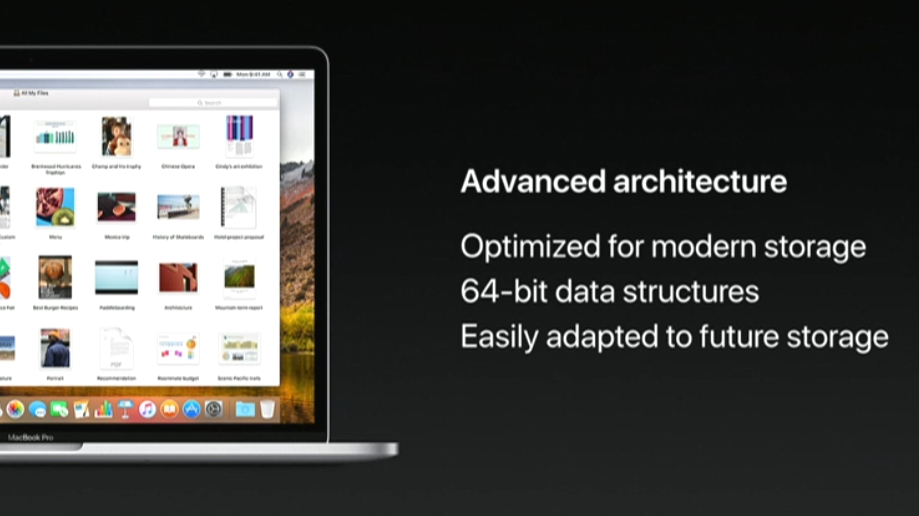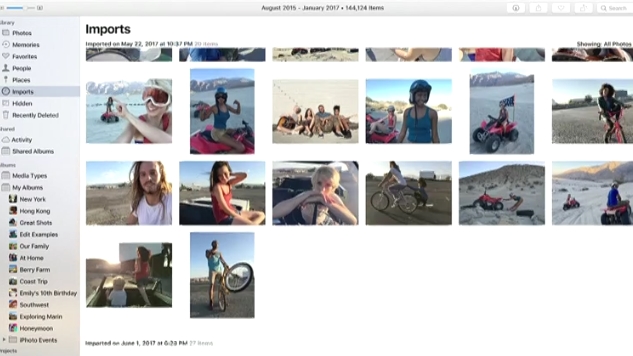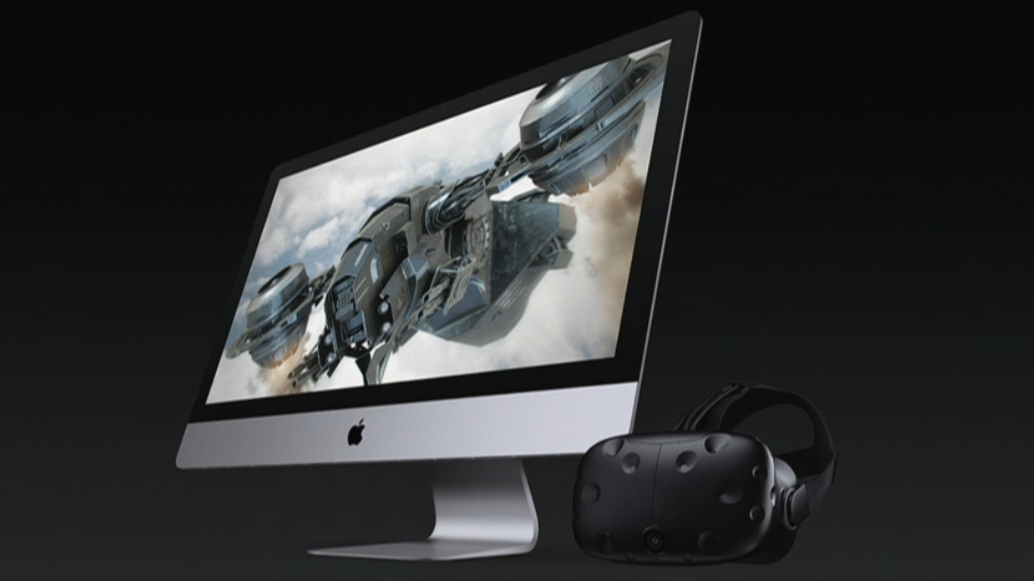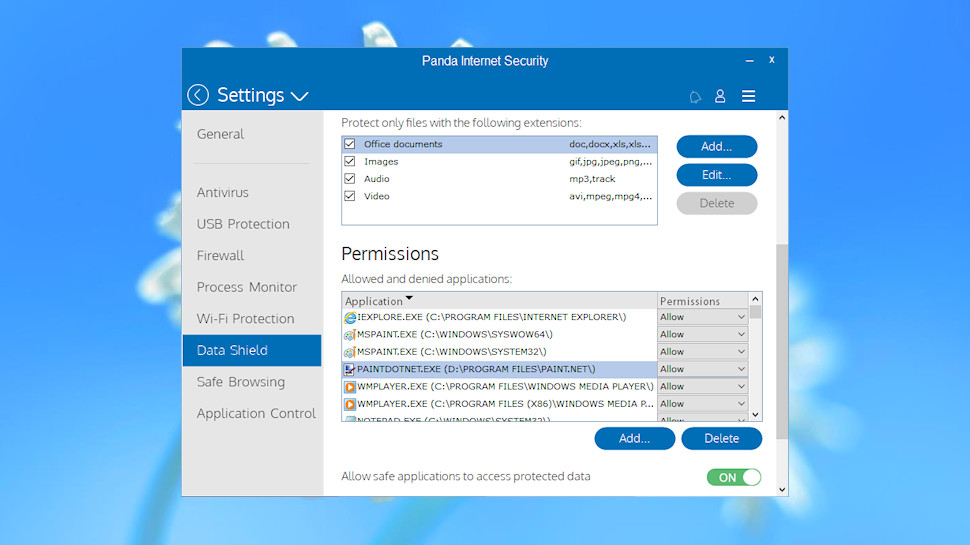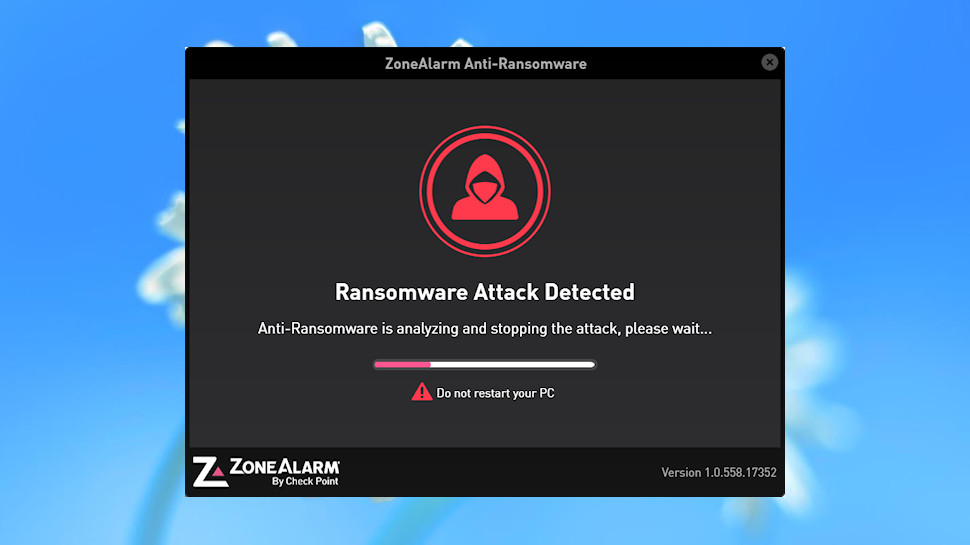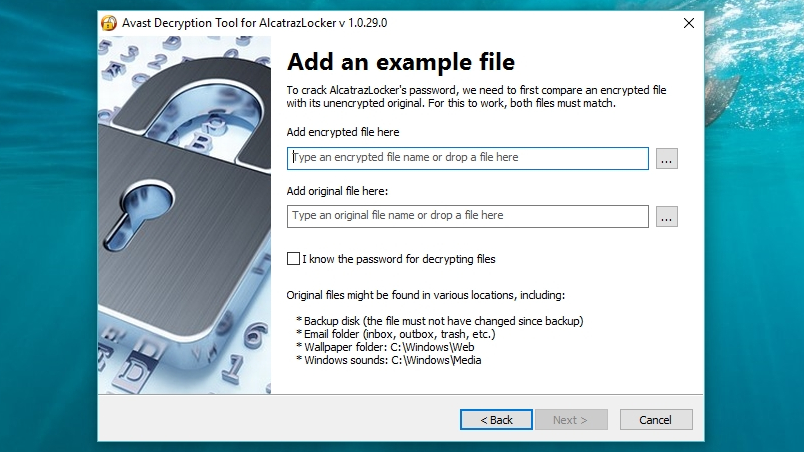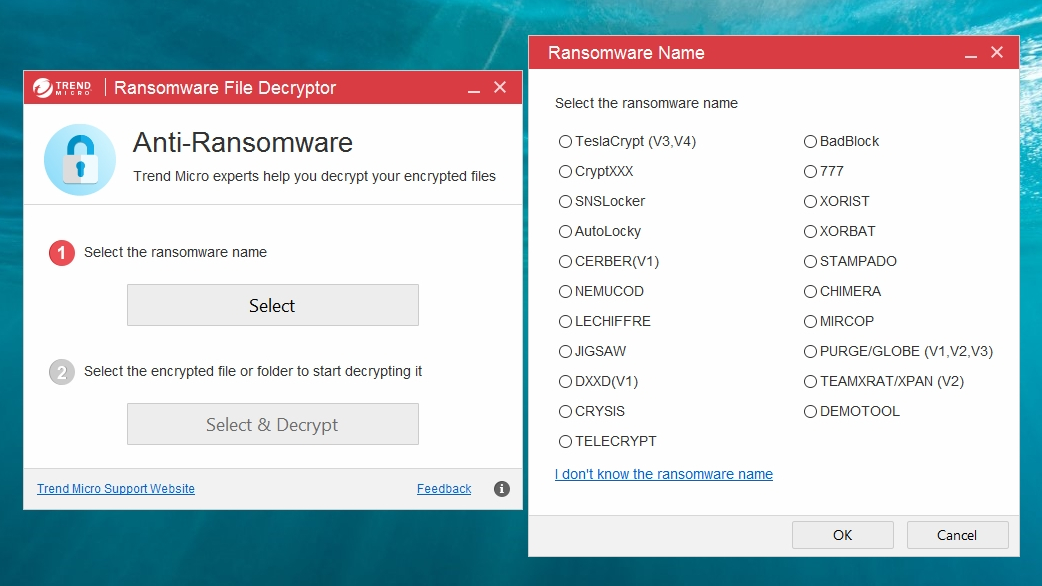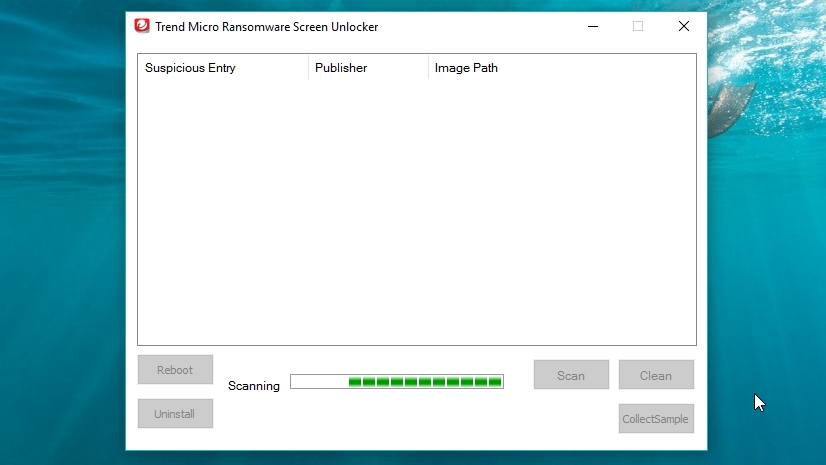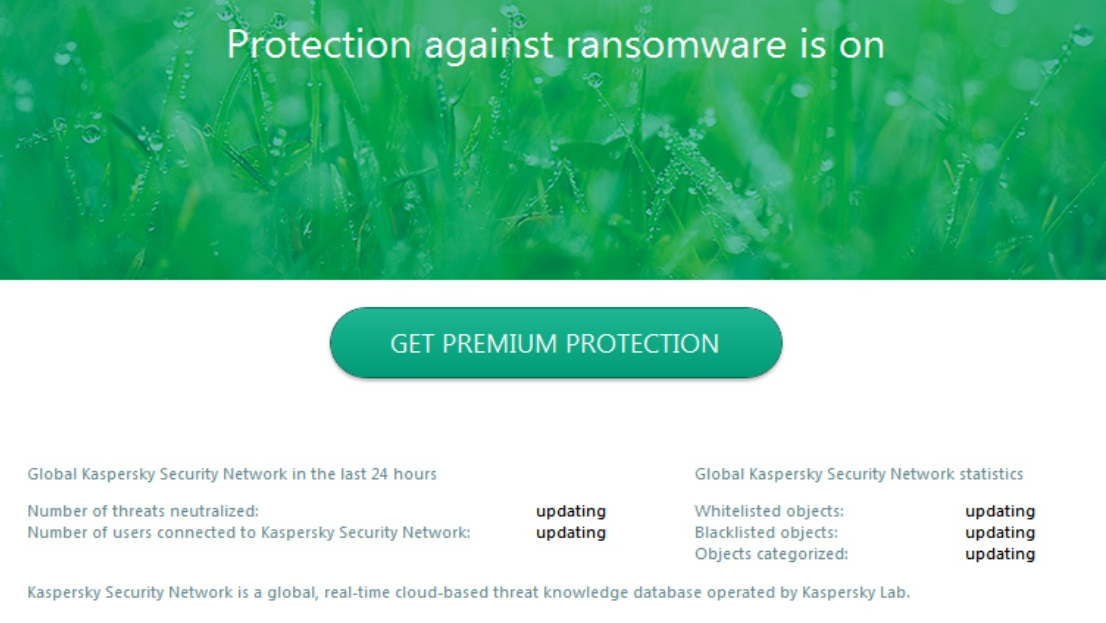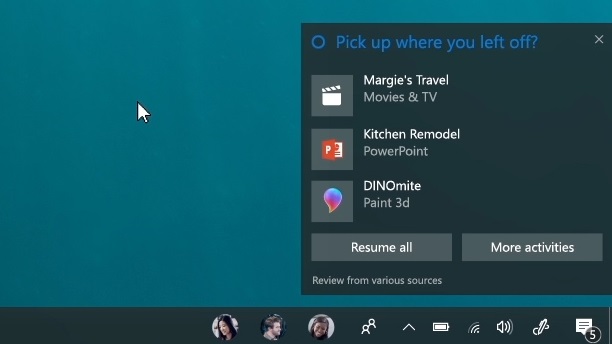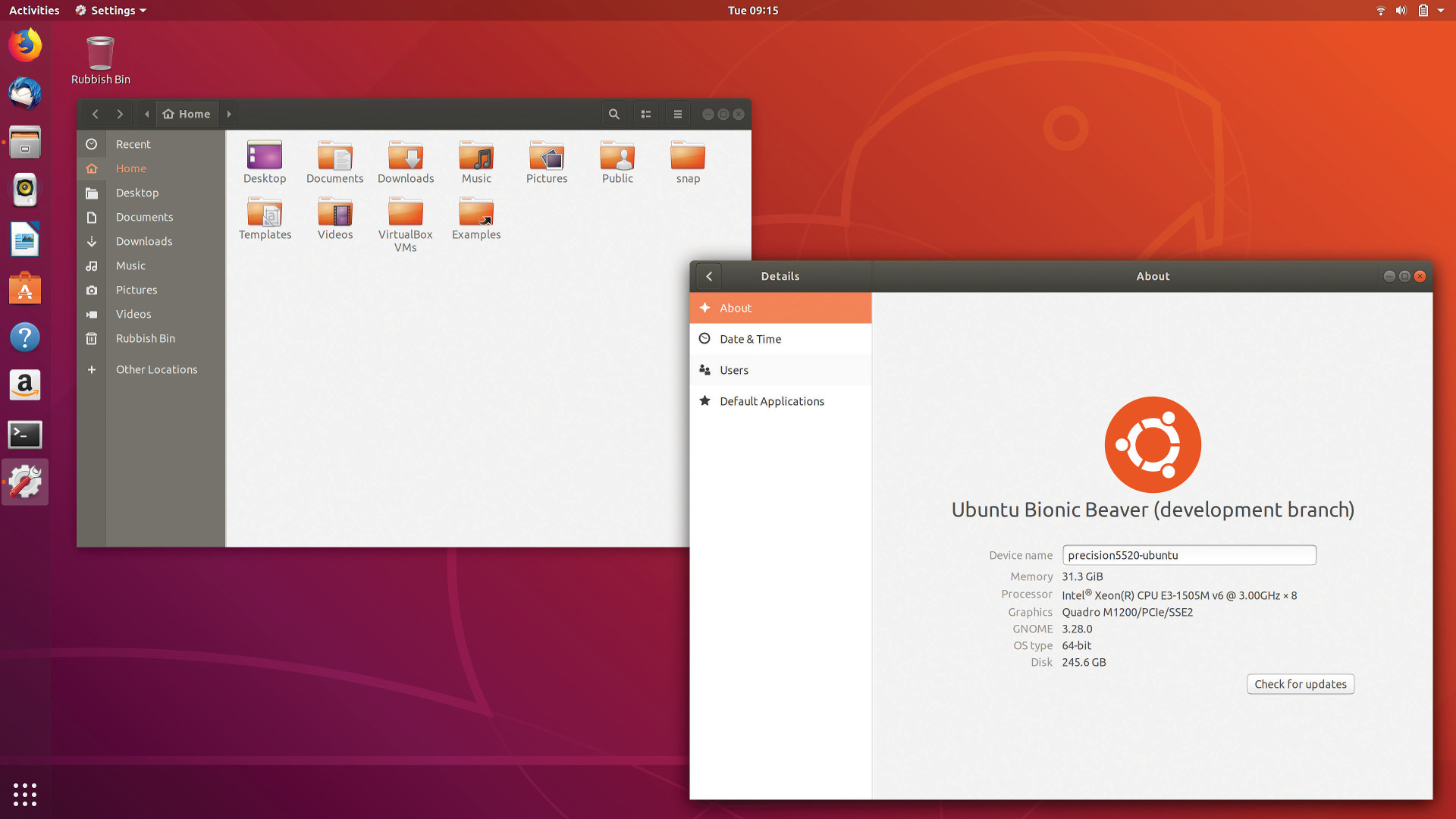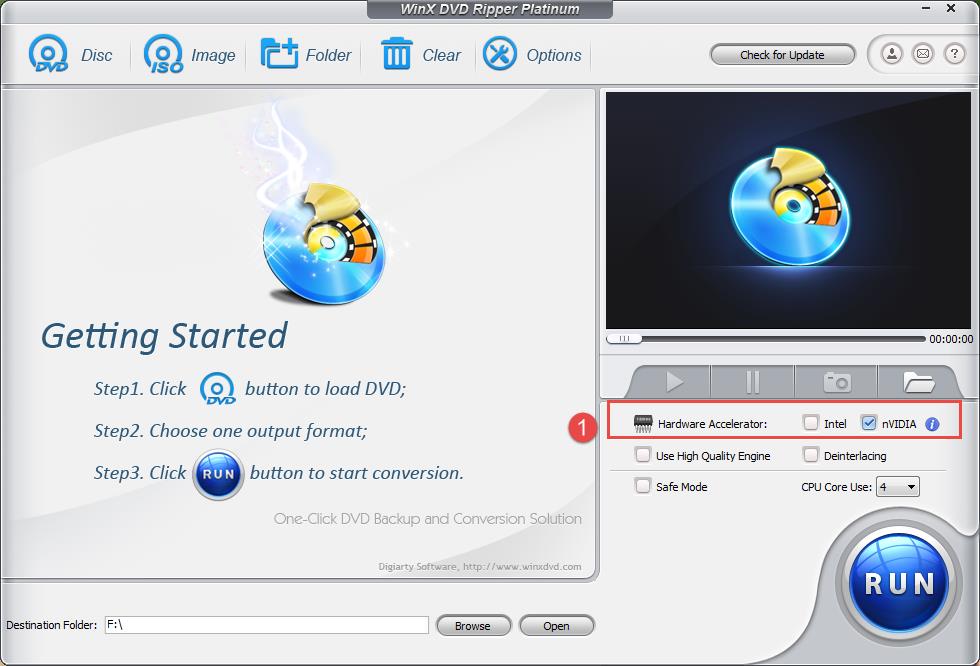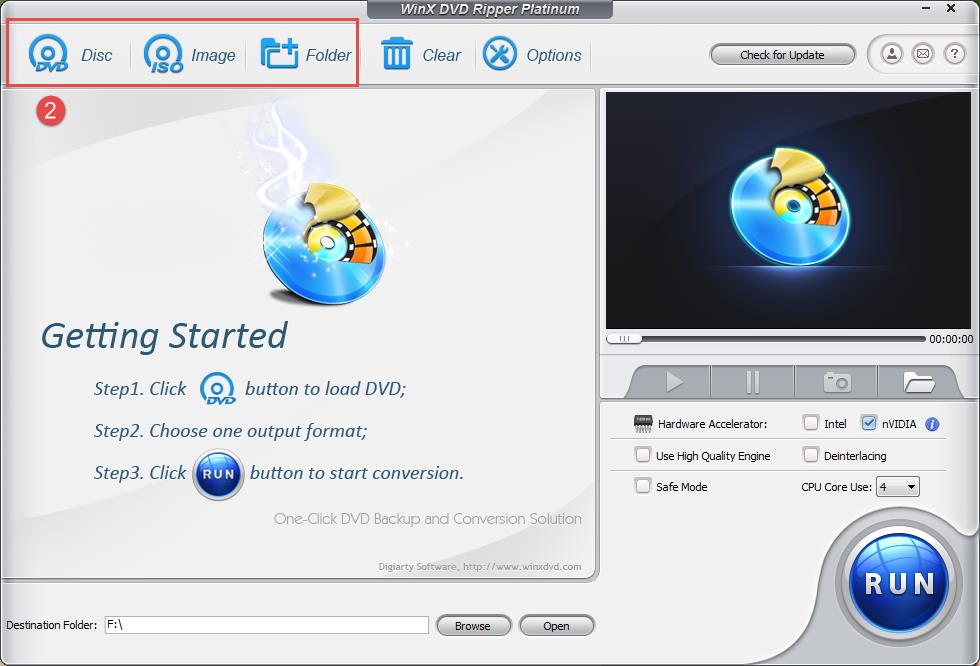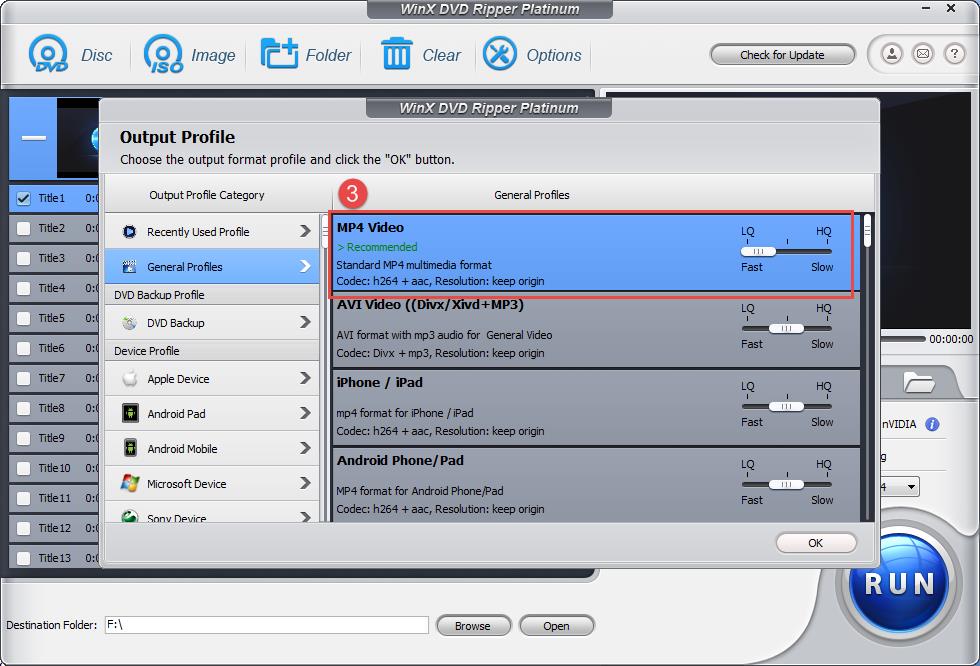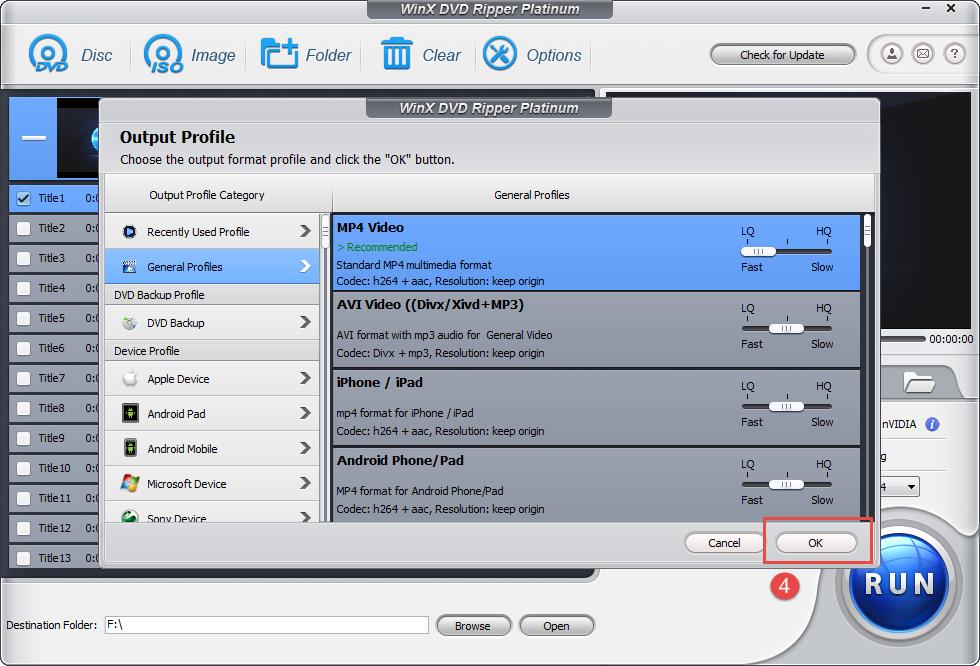As likely as it is that Apple will bring iOS apps over to the Mac later this year, there’s still a lot to love about the existing catalog of utilities available for the platform today. At the end of the day, it’s the Mac software – more than anything – that keeps brand loyalists coming back to the Jony Ive-designed hardware being cranked out behind the doors of Apple Park.
The best Mac apps on the App Store come in every shape and size, so some of them might not be up your alley, especially compared to something like Evernote, which is the best note-taking app you can download right now – by far.
While not all of the best Mac apps can be found on the official Mac App Store, they’re all worth a look. So, without further delay, keep reading on to the next slide for the best Mac apps you can download today. From free apps to more expensive options, these are the apps that will breathe new life into your MacBook or Mac desktop in 2018.
Gabe Carey has also contributed to this article
No brand of computer is without its annoyances. For so long now, it’s been impossible to use our MacBooks – unbound by the chains of a power adapter – while video outputs to an external monitor. As we all know here at TechRadar, Apple’s laptops automatically enter sleep mode whenever the lid is closed. For the lot of us, this can be a huge inconvenience should you prefer the sheer magnitude of a monitor as opposed to a 12- or 13- or 15-inch laptop screen.
Fortunately, Amphetamine allows you to continue using your MacBook while closed. Before, you could do this by using a similar app called Caffeine, but we prefer the UI features you get with this freebie. Not only does it fit in naturally with the rest of your Menu Bar items, but Amphetamine also supports hotkey commands as well as deactivation reminders – not to mention there are no annoying ads in sight.
- Get it from: App Store
- Price: $9.99 (£7.99 or around AUS$14)
While you’ve been able to snap programs to the edge of the screen in Windows since Windows 7, Apple didn’t have a solution until OS X El Capitan. What’s more, even then it lacked some of the comprehensiveness of Microsoft’s alternative. Luckily, HyperDock gives us that full-fledged functionality we so desperately crave, allowing anyone with a Mac to apply it to both the app Dock and windows.
In Windows, you can drag an app to the left or right edges of the screen (or the corners) and it’ll automatically fill that space. This makes it much easier to be productive on the desktop without wasting time dragging windows from the corners. For the Dock, hovering over apps activates something close to Windows 7’s thumbnail previews, giving an overview of the window that can be accessed by a click or closed directly from the preview. Useful.
- Get it from: Parallels
- Price: $79.99/year (Home & Student) Around £60 or AUS$100)
If you've bought a Mac and miss some of your old Windows programs, don't worry - Parallels Desktop 13 can bring them back. Instead of having to dual-boot your Mac into a Windows partition, Parallels Desktop 13 allows Windows and macOS Sierra to co-exist side-by-side, and you can even run Microsoft-only programs such as Visual Studio 2015, or the Windows versions of the company's Office 365 apps, alongside your native macOS ones.
All you need is a Windows 10 license – so prepare to buy one if you haven't already. Or, alternatively, you can use Parallels to try a handful of free operating systems including Chromium (a free distribution of Chrome OS) or Linux Debian. The latest version of Parallels in particular has seen improvements such as Touch Bar support, better resolution scaling for Retina displays and picture-in-picture for using other operating systems in conjunction with macOS.
- Get it from: App Store
- Price: £14.99 (around $20 or AUS$25)
If you're anything like us, you'll hate working with one monitor or screen. Portable monitors are still fairly expensive (and not to mention bulky), and luckily you can use an iPad instead using a nifty app called Duet. Developed by ex-Apple engineers, it works by tethering your iPad to your Mac using one of Apple's Lightning cables and firing up the app on both devices.
You can then drag windows and apps onto your iPad's display just like you can a second monitor, and if you have a more recent iPad with a Retina display then you'll get the full benefit of all those pixels. Just know that the bandwidth isn't quite what you would get with a proper monitor, so it can be a bit laggy when you notch the quality up. But it's still more than usable for reading websites, typing up documents and watching videos.
- Get it from: Atom
- Price: Free
Atom is a text editor that's primarily designed for coders, but its flexibility and customization options make it a viable option for many different types of users. That's because of two reasons: first, you can download a number of different Packages - effectively plug-ins - to make it bend to your will. It can be transformed into a Markdown editor for writing blog posts, for example, or you can hook it up to Evernote for storing notes in the cloud.
There's at least 10 different word counters out there, and you can even add typewriter sound effects as you hammer out your delicious prose. Atom is also infinitely customizable on the visual side thanks to an editable back-end, allowing you to do anything from changing the font size, line height and colors to giving the caret Word 2016-like elasticity.
- Get it from: App Store
- Price: £149.99 (around $195 or AUS$255)
Whether you’re a superstar DJ or you’re locking yourself in a room doing five beats a day for three summers, Logic Pro X is one of the best music creation apps on the Mac. Developed by Apple itself its accessible interface hides a ton of advanced functionality. The latest version also comes with a slick new design, 64-bit architecture and new session drummer that will save you from having to drop more cash on a drum machine.
It also works in natural harmony with iPads, providing a touch-based alternative method of creating song structures to dragging and dropping blocks in the main visual editor. Whether you're a seasoned producer already (Sia used the app to record her hit song 'Chandelier') or are looking to upgrade from Garageband, Logic Pro X likely has what you need.
A simple app but an important one, to-do app Wunderlist's strength lies in its cross-device functionality. It's available on Mac, PC and Android and iOS, allowing you to pick up where you left off wherever you are using macOS's Handoff feature.
Once you've created a list you can schedule reminders, add notes and embed it into the macOS Notification Centre using a widget. Team-based features are unlocked by signing up to Wunderlist's Pro option for a yearly fee, and you can add files of any size without running into limits.
Evernote has morphed into a mighty note-taking app over the years. While some people will say that it's too bloated, the sheer number of things that you can do with it still makes it best-in-class. You can type up notes, obviously, organizing them using a combination of folders and tags. You can even embed Google Drive documents, which are accessible in a click.
There's also the ability to set reminders, share notes with friends, find information related to notes using Evernote's 'Context' feature, create lists, and favorite notes that you frequently return to. Better yet, all of your notes are synchronized using the company's servers, making them accessible on nearly any PC (through a browser or the native Evernote app) or mobile device in the world. The paid version lets you use Evernote with more than two devices while upping the amount of data you can sync each month.
GIMP (standing for GNU Image Manipulation) is one of the best free image editing apps out there. It's a great alternative to Adobe Photoshop and comes with a massive array of professional-quality functions that let you tweak existing images saved in a range of formats or create fresh ones from scratch. Features include layers, highly customizable brushes, automatic image-enhancing tools and filters. You can do even more with it using plug-ins, which are available to download from the GIMP Plugin Registry.
- Get it from: App Store
- Price: £34.99 (around $45/AUS$60)
Ulysses is one of the best ‘distraction-free’ markdown editors you can download in 2018, balancing features with simplicity and beautiful design. Unlike Word 2016, or even Apple’s own Pages, Ulysses barely even has an interface. This allows you to get on with writing without being distracted by superfluous buttons and menus. The app uses its own brand of Markdown – a type of text formatting engine – that allows you to highlight your writing in a way that makes organization easier, and a vast number of export styles formats it in an attractive way once you’re finished.
There's a handy attachments bar on the right-hand side that features an attractive word counter and lets you write notes to assist you in your writing. Notes can be accessed anywhere thanks to iCloud support, so you can pick up your iPad and carry on where you left off using macOS's Handoff feature.
Sometimes you want to play your Xbox One, but you can’t because your roommate has decided to use the living room TV for watching the whole run of Ugly Delicious in one sitting. Now, you could technically stream Halo 5 or Sea of Thieves if you had a Windows PC. However, you just have a Mac.
That’s where OneCast comes in, a third-party work of reverse engineering performed by an independent developer to bring Xbox One game streaming to macOS. It works as easily as connecting both your Mac and Xbox One to the same network and subsequently logging in to Xbox Live. It works pretty well in our experience, though you should have both systems connected to your modem via ethernet if possible.
If you’re a gamer who takes pride in the fact that you use a Mac, whether for work, school or leisure, Nvidia GeForce Now will silence your biggest critics. Since the dawn of time itself, it’s seemed as though PC gamers have shut down the prospect of using a Mac to play triple-A video games. The graphics weren’t there, and neither was the library.
Nowadays, we live in the era of streaming. You don’t have to download your TVs and movies – you can stream them on Netflix or Amazon Prime. Why should games be any different? Well, with GeForce Now, they’re not. You can stream PlayerUnknown’s Battlegrounds, Overwatch and more at the highest settings from the comfort of your MacBook or Mac computer.
It’s simple and not at all essential in the grand scheme of things, but DeskCover is a free and easy way to stay focused when you need to.
For those working on larger monitors over 20 inches, full-screen apps are bound to strain your peripheral vision, and so you’ll have no other option but to resort to smaller windows. Of course, in doing so, your desktop background is going to get distracting, which is where DeskCover comes in handy. Allowing you to easily blur your desktop and lower the opacity, DeskCover puts the task at hand front and center so that nothing else gets in the way.
In other words, DeskCover is basically a free version of Hazeover, which we’re not complaining about. What’s more, your options aren’t limited to manipulation of your existing wallpaper alone. You can also temporarily replace your background with something a little more plain, blocking it out with a solid color of your choosing. Best of all, DeskCover is compatible with hotkeys, thereby minimizing the distraction possibilities of the app itself.
The marketplace of disk cleanup apps is neither desolate nor particularly exciting, especially on a Mac, where Apple does a commendable job of optimizing storage on its own. However, for a program that’s more intuitive and user friendly than, say, the built-in Macintosh HD storage management software, your best bet is to turn your head to Dr. Cleaner. This app splits all of your data into easily digestible file categories that would otherwise be obtuse.
Rather than listing 30GB of documents and 10GB of iOS files you don’t know what to do with, Dr. Cleaner divvies up the junk on your computer into groupings such as ‘Junk Files’ and ‘Big Files.’ Then, you can take a look at the file names themselves and decide whether they’re or not they’re worth keeping. You can also use Dr. Cleaner to monitor CPU, network and RAM usage as well, for the sake of putting some pep in your aging Mac’s step.
While it’s more like three apps than only one of the best Mac apps, SoftMaker Office 2018 takes all of the key features of Microsoft Office and puts them into an interface that tailors to your needs. It comes with a group of programs called TextMaker, PlanMaker and Presentations 2018 that are similar enough to Office 365 without the rolling subscription.
Whether you want a word processor that’s easy to use or a spreadsheet or slideshow creator of equal accessibility, SoftMaker Office has what you need. Better yet, it’s completely free for the time being. As it’s still in beta on the Mac, you can get a complimentary, albeit temporary, license over email should you be interested in trying it out. Otherwise, there is a permanent version of the software called SoftMaker FreeOffice that’s only available for Windows, Android and Linux.
- Get it from: App Store
- Price: $9.99 (about £7.19, AU$12.82)
Since you’re clearly going to install all of the other apps we’ve mentioned since you’re still reading to this point, you’re going to need at least utility that makes your desktop less chaotic. Unclutter is the solution you’re looking for whether you’re a frivolous notetaker or a temporary file hoarder like we are. It’s designed to keep your memos, documents and pasteboard clips in one place instead of scattered across several folders.
It’s a clever idea made even cleverer by the fact that it can be configured for use with gesture controls. At any given point, you can swipe down from the top of the screen with two fingers on the trackpad (or one on the mouse) to reveal a triumvirate of windows that can be concealed and re-summoned at your authoritative disposal.
- Get it from: Website
- Price: Free
When you’re out there hustling every day, it’s easy to lose track of messages. With so many social media companies, SMS platforms and instant messaging services to choose from, most of us also have a number of different accounts used to administer to all of those messages. But what if you only had to log into one?
That’s the idea explored by Franz, a messaging app that allows you to view and send messages in WhatsApp, Facebook Messenger, Slack, HipChat and more. It lets you seamlessly switch between any of these apps as easily as you can toggle between Slack workspaces. Best of all, there is no limit to the amount of services you can use at once. That way, even if you have 10 Facebook accounts for whatever reason, all of your messages can be visible in the same place.
from blogger-2 https://ift.tt/ZggLHQ
via
IFTTT
